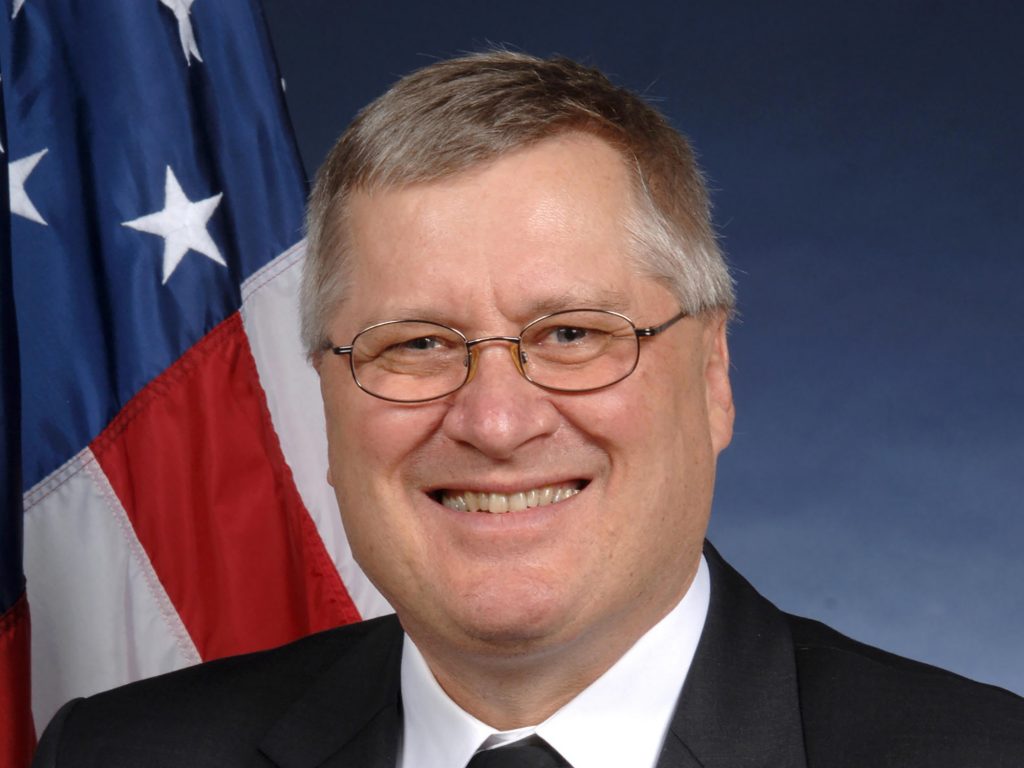Entropy. Energy.
Gerhard Fasol, Chair and Producer.
Monday 20 Feb / Tuesday 21 Feb 2023 (179th anniversary of Ludwig Boltzmann’s birthday)
Program (zoom)
UK/Europe/India/Japan session: Gerhard Fasol & Charles Clark
- Gerhard Fasol: Ludwig Boltzmann – 179th Birthday
- Monday 20 Feb 2023, 9:30am – 10am London/UK
- Monday 20 Feb 2023, 18:30-19:00 Tokyo
- Monday 20 Feb 2023, 15:00-15:30 New Delhi
- Monday 20 Feb 2023, 4:30am – 5am New York (EST)
- Monday 20 Feb 2023, 1:30am – 2:30am SF
- Charles W Clark: Vortices of light and particles
- Monday 20 Feb 2023, 10am – 11am London/UK
- Monday 20 Feb 2023, 19:00-20:00 Tokyo
- Monday 20 Feb 2023, 15:30-16:30 New Delhi
- Monday 20 Feb 2023, 5am – 6am New York (EST)
- Monday 20 Feb 2023, 2am – 3am SF
US/Japan session: Gerhard Fasol & Nicole Yunger Halpern
please pre-register here for the US/Japan session to receive the URL to join the online conference
- Gerhard Fasol: Ludwig Boltzmann – 179th Birthday
- Monday Feb 20, 6:30pm – 7pm EST (NY)
- Tuesday Feb 21, 8:30am – 9am Tokyo/Japan
- Monday Feb 20, 11:30pm – Tuesday Feb 21, 0am London/UK
- Tuesday Feb 21, 0:30am – 1am Paris/Vienna/Berlin
- Tuesday Feb 21, 5:00am – 5:30am New Delhi/India
- Nicole Yunger Halpern: Quantum Steampunk: The physics of yesterday’s tomorrow
- Monday Feb 20, 7pm – 8pm EST (NY)
- Tuesday Feb 21, 9am – 10am Tokyo/Japan
- Tuesday Feb 21, 0am – 1am London/UK
- Tuesday Feb 21, 1am – 2am Paris/Vienna/Berlin
- Tuesday Feb 21, 5:30am – 6:30am New Delhi/India
Speakers

Charles W Clark:
Joint Quantum Institute, National Institute of Standards and Technology and University of Maryland
Abtract: The vortex theory of the atom had some currency in the 19th century, due to conservation properties of vorticity in fluids that hinted a mechanism that could explain the stability of atoms. That theory did not survive encounters with experiment, but about a century after J. J. Thomson’s Adams Prize essay, [1] there began a vigorous campaign of generation, detection and application of vortex states of light, [2] which has since been extended to electrons, neutrons, atoms and molecules. [3] I shall give an accessible overview of this field and present recent results on generation of neutron helical waves.[4]
- J. J. Thomson, “A Treatise on the Motion of Vortex Rings: An essay to which the Adams Prize was adjudged in 1882, in the University of Cambridge.” (Macmillan and Co., London, 1883)
- V. Yu. Bazhenov, M. V. Vasnetsov, and M. S. Soskin, “Laser beams with screw dislocations in their wavefronts,” Pis’ma Zh. Eksp. Teor. Fiz. 52, 1037-1039 (1990)
- See e.g. K. Bliokh, et al., “Roadmap on structured waves,” arXiv:2301.05349 (13 January 2023) https://arxiv.org/abs/2301.05349
- D. Sarenac, et al., “Experimental realization of neutron helical waves,” Sci. Adv. 8, eadd2002 (2022) https://www.science.org/doi/10.1126/sciadv.add2002
Charles W Clark
Charles W. Clark is a Fellow of the Joint Quantum Institute of the National Institute of Standards and Technology and the University of Maryland, now resident as Visiting Scholar at Merton College, University of Oxford.
https://jqi.umd.edu/people/charles-clark
https://www.nist.gov/people/charles-w-clark

Nicole Yunger Halpern: Quantum Steampunk: The physics of yesterday’s tomorrow
Abstract: Steampunk is a genre of literature, art, and film that juxtaposes futuristic technologies with Victorian settings. This fantasy is coming to life at the intersection of thermodynamics, which developed during the Victorian era, and quantum information science, which is partially cutting-edge and partially futuristic. I call this booming discipline quantum steampunk.
Nicole Yunger Halpern
Nicole Yunger Halpern is a Fellow of the Joint Center for Quantum Information and Computer Science (QuICS), a theoretical physicist at the National Institute of Standards and Technology (NIST), and an Adjunct Assistant Professor at the University of Maryland.
Nicole earned her Bachelors at Dartmouth College, where she graduated as a co-valedictorian of her class. As a Perimeter Scholars International (PSI) student, she completed her master’s at the Perimeter Institute for Theoretical Physics. Nicole earned her physics PhD under John Preskill’s auspices at the Caltech. Her PhD dissertation won the international Ilya Prigogine Prize for a thermodynamics PhD thesis. As an ITAMP Postdoctoral Fellow at Harvard, she received the International Quantum Technology Emerging Researcher Award.
Nicole is the author of the book Quantum Steampunk: The Physics of Yesterday’s Tomorrow. She has also written over 100 monthly articles for Quantum Frontiers, the blog of Caltech’s Institute for Quantum Information and Matter.
https://quantumsteampunk.umiacs.io/people/nicole-yunger-halpern/
contact. enquiries. registration.
https://www.youtube.com/@Ludwig-Boltzmann?sub_confirmation=1
Copyright (c) 2023 Eurotechnology Japan KK All Rights Reserved

Leave a Reply